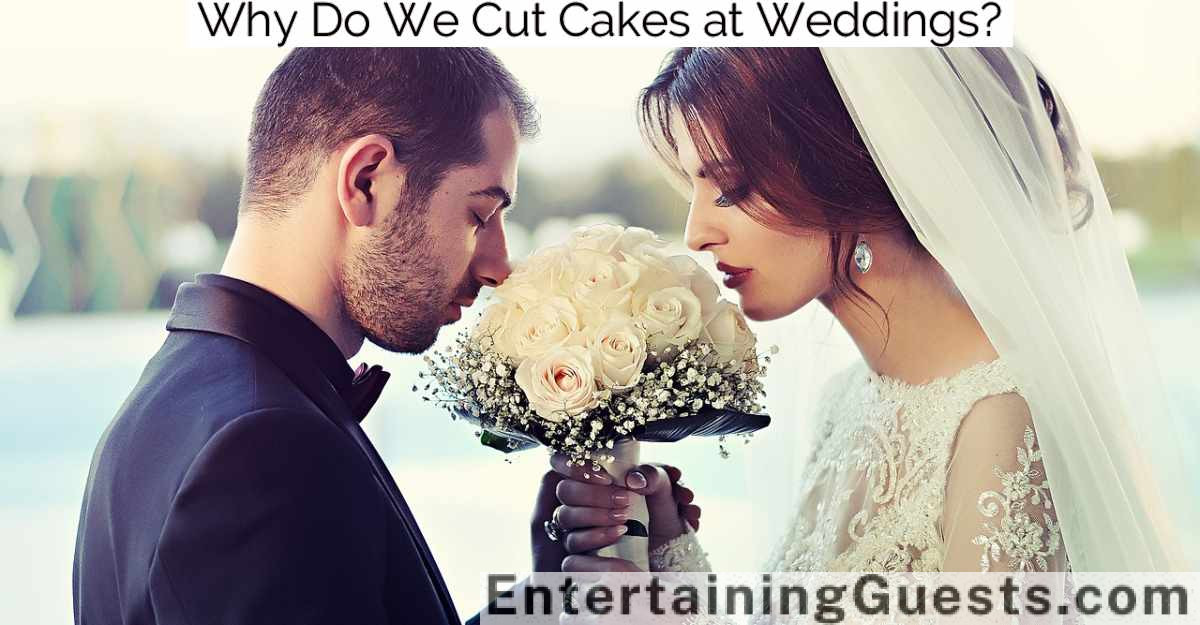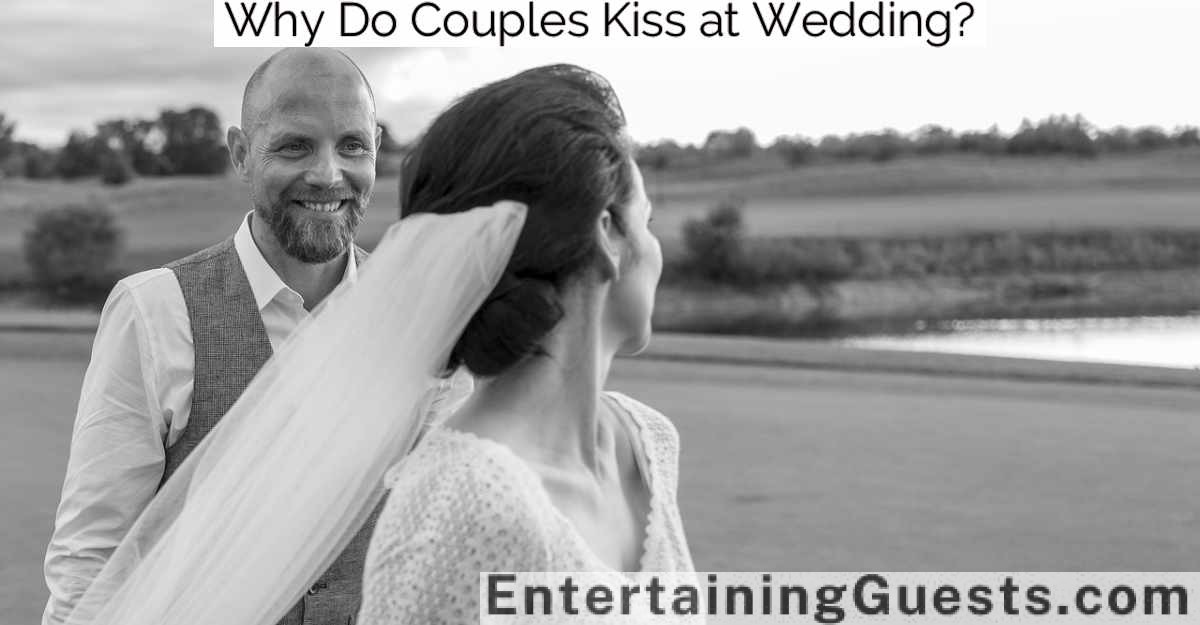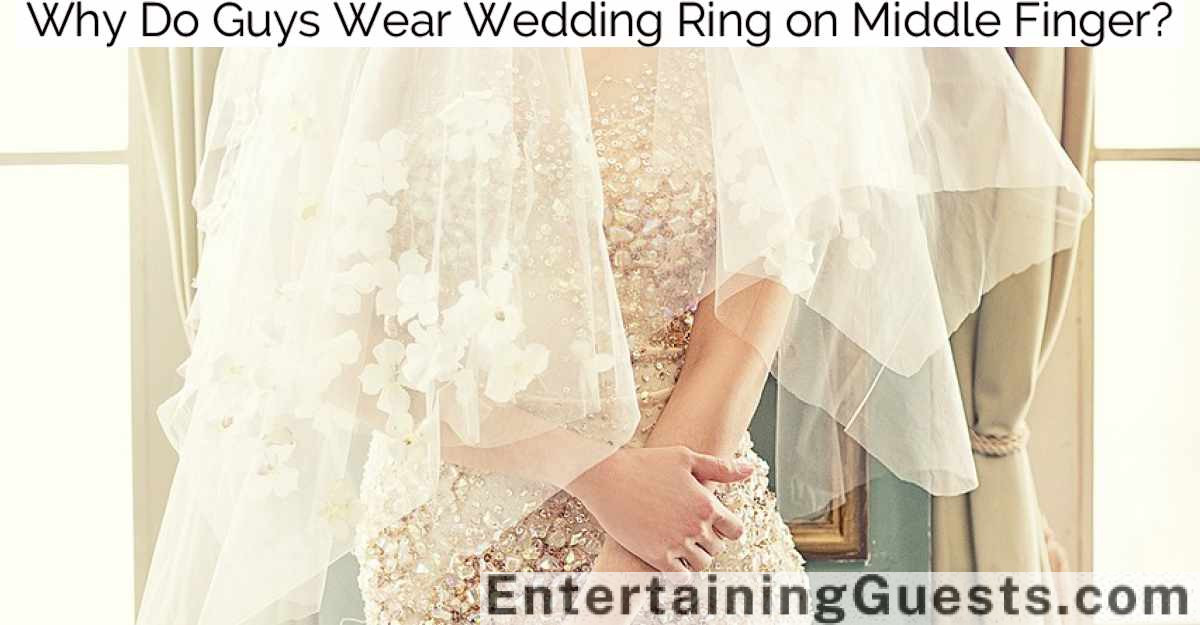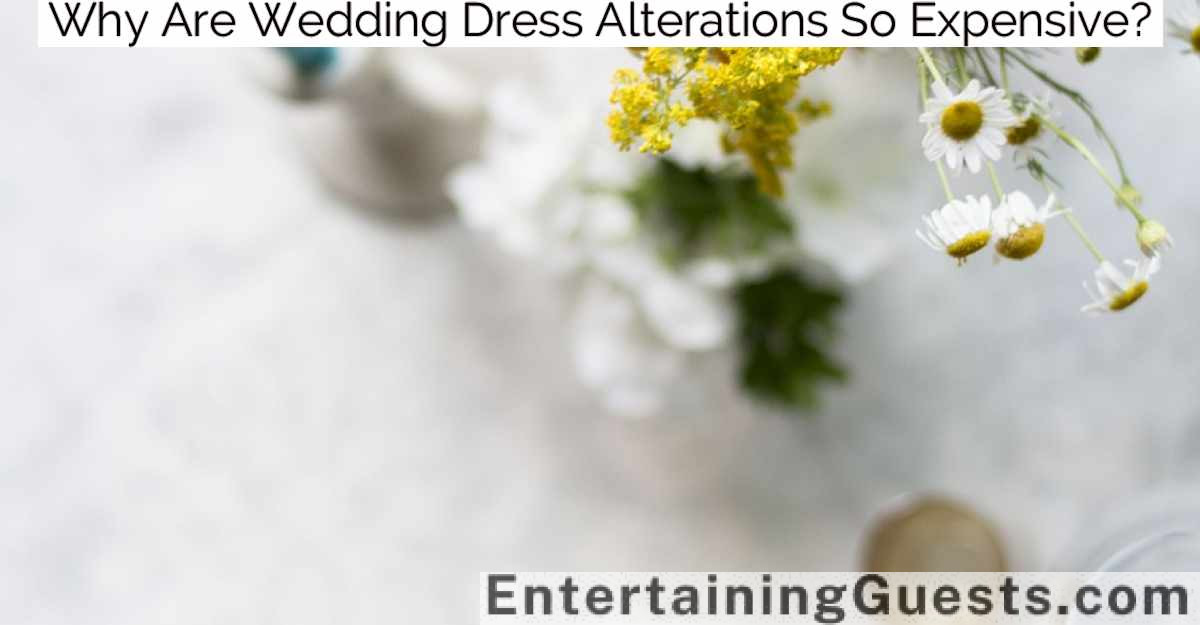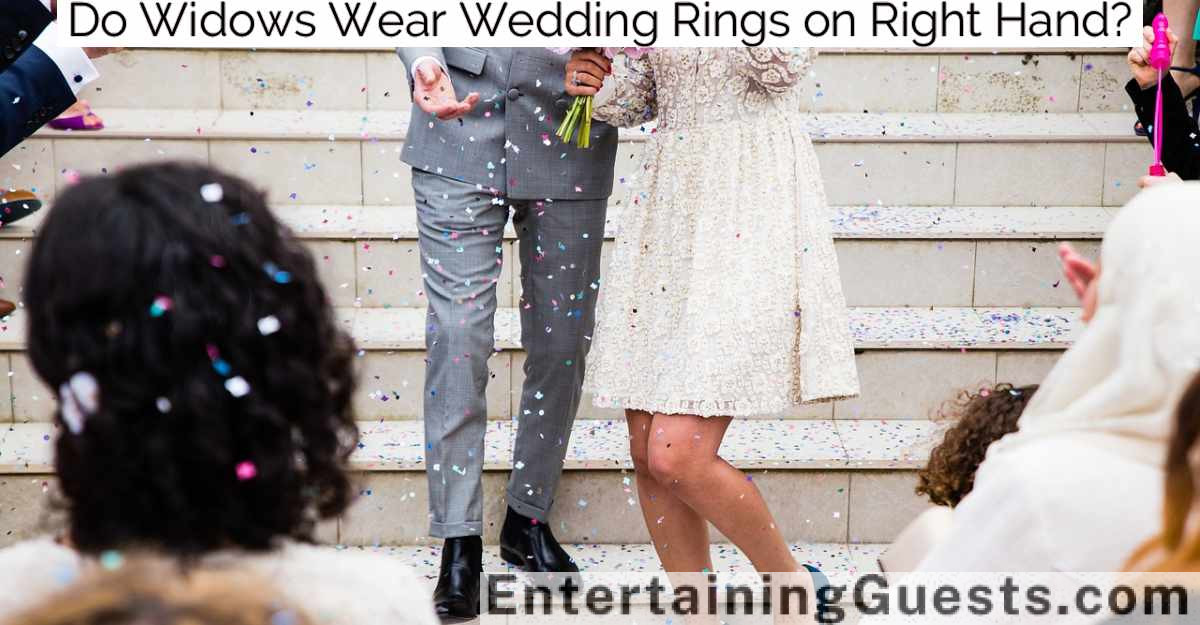Cutting a cake at weddings, a tradition rooted in ancient times, symbolizes the couple’s commitment to share their life together, embodying prosperity and fertility. The act of slicing through the cake represents their first cooperative task as a married duo, heralding a joint effort in their future endeavors. Guests witnessing this ritual are reminded of their role in supporting the couple’s relationship. Additionally, sharing the cake spreads joy and unity among those present, serving as a core memory of the celebration. Further exploration into the tradition reveals evolving styles, ingredients, and cultural adaptations that echo the deep-seated values carried by this cherished custom.
Key Takeaways
- Cake cutting at weddings symbolizes the couple’s first unified task, showcasing their commitment to support each other.
- It represents shared blessings of prosperity and fertility for the couple’s future.
- The tradition marks the transition from formal wedding proceedings to the celebratory part of the event.
- Sharing the cake with guests extends the joy and unity of the couple’s celebration to all attendees.
- The act of cutting and feeding cake to each other symbolizes nourishment and the sweet life they hope to share.
Origins of the Wedding Cake
The tradition of the wedding cake dates back to ancient Rome, where revelers broke a loaf of bread over a bride’s head for fertility’s sake. This practice was meant to bless the couple with prosperity and many children.
As time evolved, so did the custom. By the Middle Ages, it was common in England for guests to bring small cakes to the wedding. These were stacked into a towering pile. If the bride and groom could kiss over the top without knocking it over, it was believed they’d have a lifetime of prosperity.
In the 17th century, the precursor to the modern wedding cake emerged. Known as the ‘bride’s pie,’ it was typically filled with sweet ingredients like mince and fruits, symbolizing sweetness and fertility in the marriage.
This ritual was pivotal, as it shifted the focus from bread to sweeter, more elaborate confections.
Symbolism of Cake Cutting
The act of cutting the cake at a wedding is steeped in symbolism, each slice representing a shared tradition that unites the couple.
It’s believed to confer blessings of prosperity and fertility upon the newlyweds, echoing hopes for a fruitful union.
This moment also marks the culmination of the wedding ceremony’s rituals, shifting the event from formal proceedings to festive celebration.
Unity Through Shared Tradition
Cutting the cake at weddings symbolizes the couple’s first unified act and shared commitment to support each other. This tradition, deeply rooted in history, serves as a public pledge between the partners to nourish and care for one another. The act of cutting the cake together highlights their teamwork and the balance necessary to maintain a successful marriage.
The shared tradition of cake cutting goes beyond the couple, involving the community of family and friends gathered at the celebration. By distributing the cake to guests, the couple extends their unity and joy, inviting their loved ones to partake in the start of their new life together. This gesture of sharing is symbolic, reinforcing social bonds and expressing gratitude to those who support their union.
Moreover, the cake itself, often elaborately designed and thoughtfully prepared, represents the couple’s taste and style, offering insight into their collective personality. It’s a centerpiece that draws attention, prompting communal participation and celebration.
This shared experience, steeped in tradition, not only unites the couple but also cements communal ties, underscoring the importance of collective support in the journey of marriage.
Prosperity and Fertility Wishes
Beyond symbolizing unity and support, cutting the wedding cake also represents wishes for prosperity and fertility for the couple. Historically, the sharing of the cake is a gesture laden with meaning. It’s not just about offering a sweet treat; it symbolizes a life filled with richness and sweetness. Guests partake in this ritual by consuming the cake, metaphorically bestowing their wishes for a prosperous life upon the newlyweds.
The tradition of cake cutting has roots in ancient cultures where fertility was highly valued, and rituals were seen as essential to promote this aspect in new unions. The act of cutting the cake together, often the bride and groom’s first joint task as a married couple, embodies their shared commitment to support each other. This act is hoped to translate into a fruitful union, both regarding wealth and offspring.
Moreover, the multi-layered structure of traditional wedding cakes is rich in symbolism. Each layer can be seen as a stepping stone towards a successful, shared future. The taller the cake, the greater the wishes for the couple’s long-lasting success and happiness. This towering sweet isn’t just a dessert; it’s a beacon of hope for abundance and a joyful family life.
Culmination of Celebration Ritual
With the slicing of the wedding cake, the celebration reaches its symbolic peak, encapsulating the culmination of the wedding rituals. This act isn’t just a pause for dessert; it’s a profound symbol in the matrimonial ceremony.
Traditionally, cutting the cake represents the first task that the couple performs together, signifying their union and shared future. It’s a gesture that embodies cooperation and mutual support, essential ingredients for a successful marriage.
As guests watch, the couple’s hands overlap on the knife handle, highlighting a partnership that’s both tender and public. This shared action also serves as a commitment to care for one another, a promise made in the presence of loved ones.
Following the cut, the bride and groom feed each other a piece of cake, which is a gesture loaded with meaning. This act symbolizes nourishment and a life filled with sweetness, hoping that their new life together will be as enjoyable and rich as the cake they share.
The cake itself, often opulent and multi-tiered, stands as a symbol of affluence and social status, reflecting the couple’s aspirations. Consequently, this tradition isn’t just about taste; it’s steeped in symbolism, marking a pivotal moment in the wedding celebration.
Cultural Variations in Cake Traditions
While wedding cakes are a common sight at celebrations, the traditions surrounding them vary considerably across different cultures.
In India, for example, the cake isn’t typically a central element. Instead, weddings often feature a variety of rich sweets like ladoos or barfi made from milk, sugar, and nuts. It’s only in modern, Western-influenced Indian weddings that you’ll see a multi-tiered cake.
Over in Norway, the traditional wedding cake, known as a ‘kransekake,’ is quite the architectural feat. It’s made of iced almond cake rings stacked to form a conical shape. This cake isn’t just for show; it serves as a symbol of good luck and unity.
Heading to Russia, the wedding cake takes on a more pragmatic role. Here, they serve ‘karavay,’ a sweet bread decorated with symbols like wheat for prosperity and interlocked rings for marriage. The couple breaks the bread together, a gesture that underscores their partnership.
Japan presents a unique twist with ‘mochi,’ a rice cake often eaten during weddings. It’s less about the spectacle and more about the deep-rooted significance in Japanese culture, symbolizing a sticky, enduring union.
These variations highlight not just the diversity in confectionery traditions but also the rich tapestry of meanings that cakes weave into weddings around the world.
Evolution of Wedding Cakes
Exploring how wedding cakes have changed over time reveals much about shifting societal values and trends. Originally, wedding cakes weren’t even cakes in the modern sense but rather simple wheat breads, which symbolized fertility and prosperity.
As sugar became more accessible in the 16th century, the sweetness in wedding cakes increased, symbolizing wealth and status. By the Victorian era, refined white sugar was abundant, allowing for the creation of the white icing, known as royal icing, which symbolized purity and social prestige.
During the 19th century, wedding cakes became more elaborate with multiple tiers symbolizing the couple’s social status. The higher the cake, the wealthier the impression it gave. This era also saw the introduction of the bride’s cake and the groom’s cake, each serving distinct roles in wedding celebrations.
In contemporary times, wedding cakes have become expressions of personal style and artistry, breaking away from traditional forms to embrace a variety of shapes, colors, and decorations. Themes and customization now reflect the couple’s unique story and preferences, moving beyond mere status symbols to become central visual elements at weddings, marking them as focal points for celebration and creativity.
Ingredients and Their Meanings
Each ingredient in a wedding cake carries a distinct meaning that traces back through centuries of tradition.
Sugar, once a symbol of wealth and prosperity, emphasizes the hopes for a sweet life together.
Eggs, representing fertility, signify the couple’s future growth.
Flour, as the foundation of the cake, symbolizes the strength and stability of the union.
Symbolic Ingredients Explained
The ingredients in a wedding cake carry deep symbolic meanings, each component chosen to represent aspects of the couple’s hopes and dreams for their union. Flour, the foundation of the cake, symbolizes the stability and strength needed in a marriage. Sugar, often plentiful in wedding cakes, reflects the sweetness and joy that the couple hopes to bring into their life together. Eggs, a vital binding ingredient, signify unity and the blending of lives into a cohesive whole.
Each ingredient doesn’t just contribute to the flavor and structure of the cake; they imbue the ceremony with deeper significance. For example, the addition of spices like cinnamon can symbolize warmth and passion, while vanilla represents purity and the comforting essence of home.
Here’s a brief table showcasing some common ingredients and their symbolic meanings:
| Ingredient | Symbolism | Connection to Marriage |
|---|---|---|
| Flour | Stability, Reliability | Strong Foundation |
| Sugar | Sweetness, Joy | Happiness in Union |
| Eggs | Unity, Fertility | Binding Lives Together |
Understanding these symbols can enrich the appreciation of the wedding cake ritual, reminding us that beyond its aesthetic appeal and gastronomic delight, lies a tapestry of hopes and dreams woven into each layer.
Historical Ingredient Significance
While modern wedding cakes incorporate ingredients rich in symbolism, these elements also have historical significance, some of which date back centuries. Ingredients like sugar, eggs, and flour aren’t just culinary staples; they’re steeped in cultural and historical meanings that enrich the tradition of wedding cakes.
Sugar, once a rare and expensive commodity, symbolized wealth and prosperity in ancient times. It was believed that incorporating sugar into a wedding cake would bring a sweet life to the married couple. This tradition continues today, though sugar is now more accessible.
Eggs, another key ingredient, have long been symbols of fertility and new beginnings. By using eggs in the wedding cake, couples are often unknowingly nodding to the hope for a fruitful union. This symbolism is particularly poignant in cultures that emphasize the importance of children within marriage.
Flour, the foundation of the cake, represents the sustenance and stability that the couple hopes to build their life upon. Just as flour binds the ingredients together, it’s hoped that the marriage will bind the couple in a strong, unified relationship.
Through these ingredients, wedding cakes are more than just a celebratory dessert; they’re a rich tapestry of history and hope, woven into every bite.
The Role of Cake in Wedding Ceremonies
Wedding cakes symbolize unity and prosperity, serving as a centerpiece throughout the celebration. Traditionally, the presence of a cake at a wedding ceremony isn’t merely about indulgence but holds deeper symbolic meanings. Each layer of the cake has historically represented a layer of the growing relationship, culminating in the shared future of the bride and groom.
The act of cutting the cake is a ritual performed by the couple, signifying their first joint task in matrimonial life. It’s a demonstration of the couple’s willingness to support and nourish each other, as they slice through the cake together. This gesture is watched closely by family and friends and is often accompanied by applause and cheers, reinforcing community support for the union.
Serving the cake is equally symbolic. It’s an act of sharing the couple’s happiness and new life with the guests. Traditionally, it was believed that sharing the cake would bring good luck and prosperity to everyone who ate it, especially if the cake was rich in symbolic ingredients like fruits and nuts, which were considered signs of fertility and wealth.
In essence, the wedding cake is more than just a dessert. It’s a rich emblem of new beginnings, shared joy, and communal hope for the couple’s future together.
Modern Interpretations of the Tradition
In recent years, the act of cutting the cake at weddings has adopted new meanings and styles, reflecting broader changes in societal norms and personal preferences.
The tradition now often encapsulates the symbolism of a shared life, marking the couple’s commitment to unity and support through the sweet, layered complexity of their chosen cake.
Additionally, as wedding cakes themselves evolve in design and flavor, they become a tribute to the unique blend of cultures, tastes, and values of the married couple.
Symbolism of Shared Life
Cutting the cake at modern weddings symbolizes the couple’s commitment to share their lives together. This tradition, deeply rooted in history, has evolved to represent the beginning of a shared journey. The act of slicing the cake together reflects a partnership that will involve mutual support and cooperation. Each layer of the cake can be seen as a metaphor for the layers or phases of their life together, with each slice indicating a willingness to face together whatever the future holds.
The cake’s ingredients themselves carry symbolic meanings. Traditionally, a wedding cake is rich and multi-layered, suggesting a life filled with depth and richness. The sweetness of the cake is often seen as a hopeful prophecy for a sweet life ahead. By feeding the cake to one another, the couple demonstrates their desire to nourish and sustain one another, emphasizing the promise of fulfilling each other’s needs.
As guests witness this act, they’re reminded of their own roles in supporting the couple. The shared cake consequently becomes a symbol not only of the couple’s union but of the community of family and friends gathered to affirm and celebrate this new beginning.
Unity in Sweet Form
How does the modern wedding cake continue to serve as a symbol of unity? Today’s wedding cakes aren’t just desserts; they’re profound symbols of unity and togetherness. When a couple cuts the cake together, it’s more than just slicing through buttercream and fondant. This act symbolizes their shared future, their commitment to support each other, and the blending of their lives into one harmonious whole. Each layer of the cake can represent a foundation of their relationship, built up to support shared dreams and aspirations.
The cake’s very structure speaks to unity. Most cakes are multi-tiered, symbolizing the various layers of a relationship, and the effort it takes to balance them. The act of feeding the cake to one another is not just playful but deeply symbolic, underscoring a promise to provide for and nurture each other.
| Symbol | Meaning |
|---|---|
| Multi-tier | Layers of relationship, complexity, support |
| Shared cutting | Joint commitment, cooperation |
| Feeding each other | Nurturance, mutual care |
| Decorative design | Personalization, shared tastes |
| Choice of flavor | Blend of preferences, unity in diversity |
Each element of the wedding cake, from its tiers to its flavors, is chosen to reflect the couple’s unique bond and shared tastes, further deepening the cake’s role as a symbol of unity.
Evolution of Wedding Cakes
While the symbolism of wedding cakes remains anchored in tradition, their styles and designs have evolved dramatically to reflect modern aesthetic and cultural influences.
Today’s wedding cakes push the boundaries of earlier forms, embracing a wide array of flavors, colors, and decorations that mirror contemporary tastes and values. Gone are the days when a simple three-tiered white cake dominated wedding receptions. Now, couples often opt for bold, artistic creations that showcase their unique personalities and cultural backgrounds.
Modern wedding cakes can be found adorned with everything from intricate sugar flowers to edible metallic foils, and flavor profiles have expanded beyond the classic vanilla to include options like salted caramel, matcha, or mango passionfruit. The use of alternative materials such as fondant and gum paste has allowed cake artists to sculpt cakes into almost any shape imaginable, transforming them into works of art.
Couples are also increasingly choosing cakes that speak to sustainable and ethical practices, selecting organic, locally-sourced ingredients, or incorporating vegan and gluten-free options to accommodate dietary restrictions and preferences. This shift not only highlights a broader societal move towards health and sustainability but also individualizes the wedding experience, making the cake not just a treat, but a statement.
Unusual Wedding Cake Choices
Many couples are now opting for unconventional wedding cakes, such as savory cheese wheel cakes or multi-flavored macaron towers. These choices reflect a broader trend towards personalization in weddings, where the couple’s unique tastes and personalities are showcased.
Cheese wheel cakes, composed of different types of cheese stacked to resemble a tiered cake, offer a delightful surprise for guests expecting a traditional sweet dessert. They’re often decorated with fruits, nuts, and flowers to enhance their aesthetic appeal while providing a gourmet experience.
Macaron towers, on the other hand, bring a playful and colorful element to wedding receptions. Each macaron can be customized in a variety of flavors and colors, matching the wedding’s theme or color scheme. This not only makes the tower visually striking but also allows guests to choose from a wide range of tastes.
Some couples even choose to combine different elements, like having a small traditional cake for the cake-cutting ceremony, surrounded by less conventional desserts that cater to diverse palates. This approach satisfies the desire for that iconic cake-cutting photo while still embracing their unique culinary preferences.
Such innovations in wedding cake choices highlight the evolving nature of matrimonial celebrations, making them more personal and memorable.
Impact of Media on Cake Trends
Media influence plays a considerable role in shaping contemporary wedding cake trends, as couples increasingly seek inspiration from popular culture and social media platforms.
Television shows like ‘Cake Boss’ and ‘Ace of Cakes’ have showcased elaborate cake designs and techniques, setting high expectations for unique and personalized cakes. As a result, traditional tiered cakes adorned with simple flowers have evolved into intricate masterpieces reflecting a couple’s story or wedding theme.
Instagram and Pinterest also considerably impact these trends by offering a plethora of ideas and visual inspiration. Couples can now easily access and share images of cakes from around the world, pushing local bakers to adopt international trends and innovate with new styles. This has led to an increase in demand for custom cake designs featuring everything from detailed hand-painting to edible metallic foils.
Moreover, celebrity weddings often set trends in cake design. When a high-profile wedding features a particular style or theme, it’s not uncommon to see a ripple effect across weddings globally. For instance, after a celebrity popularized the ‘naked cake,’ it became a sought-after choice for many couples, highlighting the blend of rustic charm with elegance.
Future of Wedding Cake Traditions
The future of wedding cake traditions is poised to further integrate personalized elements and innovative designs that cater to the unique preferences of each couple. As society progresses, there’s a growing desire among couples to infuse their personalities and love stories into their wedding celebrations. This trend is notably shaping the evolution of wedding cake designs.
In coming years, we’ll likely see an increase in cakes that reflect cultural backgrounds, shared interests, and even the couple’s journey together. For instance, cake artists are experimenting with unconventional ingredients and techniques to craft creations that aren’t only visually stunning but also tell a unique story.
Additionally, the use of technology such as 3D printing and edible images is becoming more prevalent, allowing for intricate and personalized designs that were once thought impossible.
Sustainability is another aspect that will influence future wedding cakes. Couples are increasingly opting for organic, locally-sourced ingredients, and eco-friendly decorations. This shift isn’t just about personal preference but also reflects a broader commitment to environmental responsibility.
As we look forward, the essence of the wedding cake tradition—celebrating unity and sweetness—remains intact. However, the ways in which this symbolism is expressed are becoming as diverse as the couples themselves, ensuring that each wedding cake is as unique as the love it celebrates.
Frequently Asked Questions
How Much Does an Average Wedding Cake Cost?
An average wedding cake costs between $350 to $450. Prices vary based on size, design, and ingredients. Custom decorations and premium flavors can increase the cost considerably.
Can Wedding Cakes Be Vegan or Gluten-Free?
Yes, wedding cakes can be vegan or gluten-free. Bakers often use alternative ingredients to cater to dietary restrictions, ensuring everyone at the celebration can enjoy a slice without compromising taste or texture.
What Is the Most Popular Wedding Cake Flavor?
The most popular wedding cake flavor is vanilla. Its classic taste appeals to a wide audience, making it a safe and delightful choice for such a significant celebration. Other favorites include chocolate and red velvet.
How Far in Advance Should a Wedding Cake Be Ordered?
Couples should order their wedding cake at least six months in advance to guarantee availability and ample time for design consultations, especially during peak wedding seasons when bakers’ schedules fill up quickly.
Are There Alternatives to Cake at Weddings?
Yes, there are alternatives to cake at weddings. Couples often choose options like cupcakes, dessert buffets, or even pie bars to add a unique touch to their celebration and cater to different tastes.
Conclusion
To sum up, the tradition of cutting cakes at weddings has evolved greatly over centuries, adapting to cultural and societal changes.
Today, it symbolizes the unity and shared future of the couple, blending ancient customs with modern interpretations.
Whether opting for classic designs or unusual choices, couples continue to embrace this sweet tradition, influenced by media trends.
As we look ahead, the wedding cake tradition is likely to further adapt, maintaining its cherished place in matrimonial celebrations.
